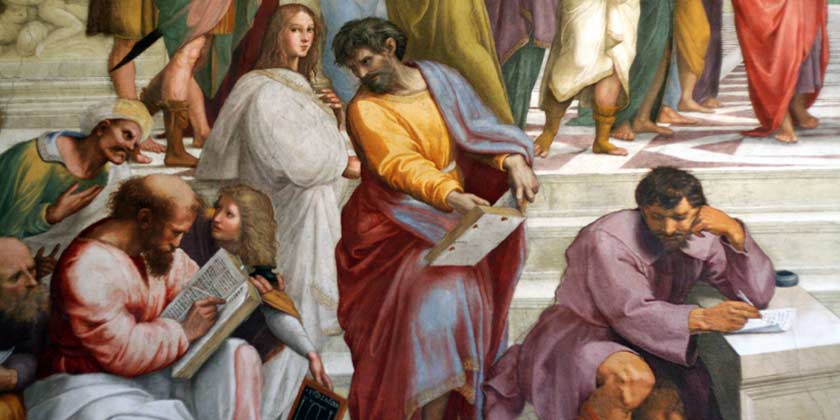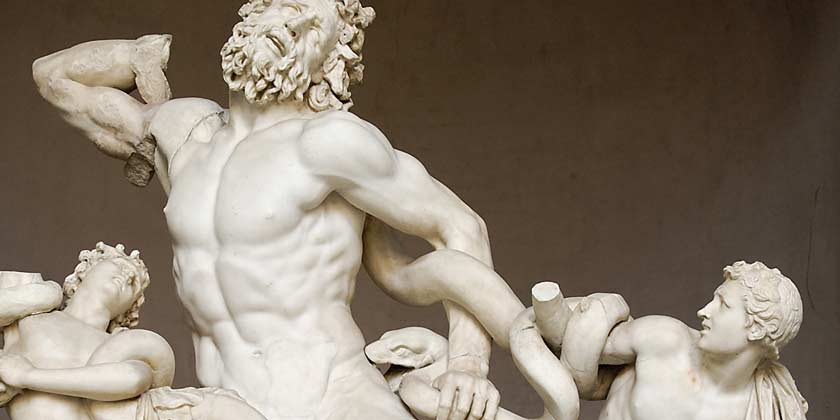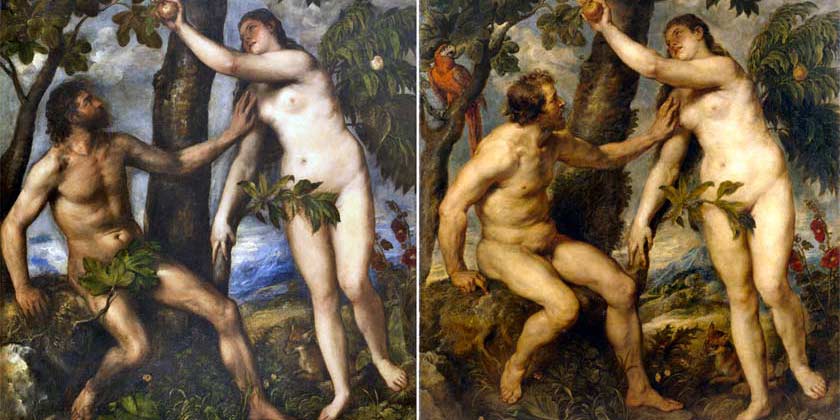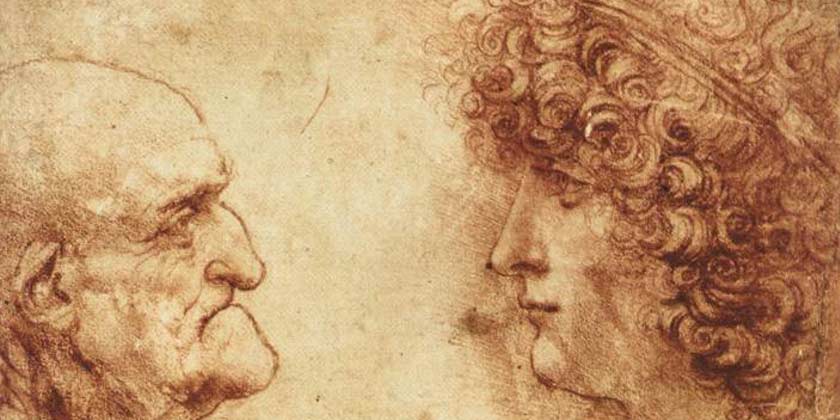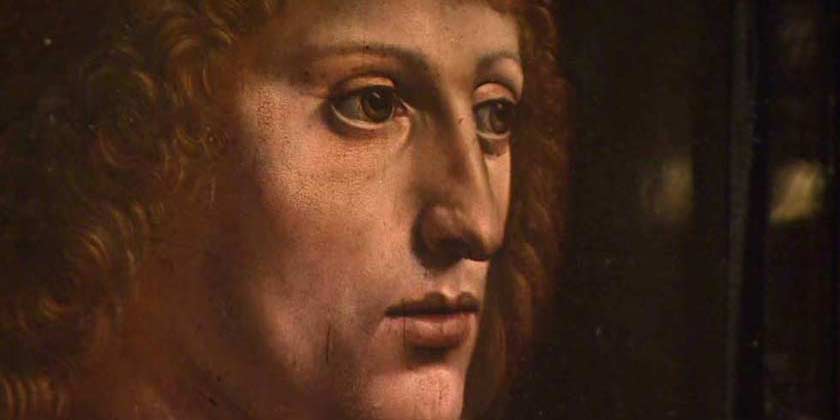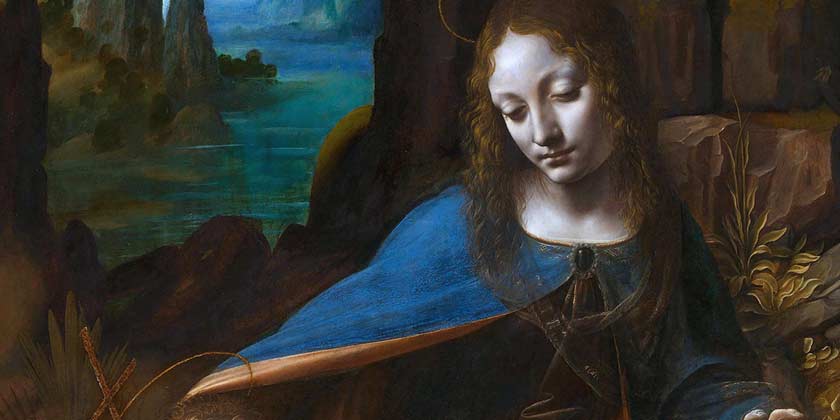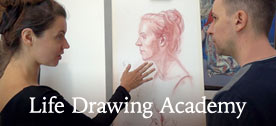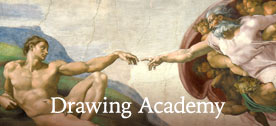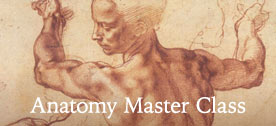by Rosily Roberts
…The rivalry between the two great masters began in the early sixteenth century, when both Leonardo and Michelangelo were hired to paint vast battle scenes on the same wall of the Council Hall in Florence’s Palazzo Vecchio. The two artists were in direct competition as they each completed their commission. At the time of the commission, in 1503, Leonardo was in his early 50s, and was well known throughout Europe. He was commissioned to paint a huge wall painting of The Battle of Anghiari, a scene from the recent wars between Florence and Milan. Then, just a year later, Michelangelo, aged only twenty-nine and something of a prodigy, was commissioned to paint The Battle of Cascina, a fourteenth century conflict between Florence and Pisa, on the same wall. This commission came months after Michelangelo’s David, arguably still the world’s most recognisable sculpture, was unveiled in Florence. Despite his fame, Leonardo now had a rival. …

